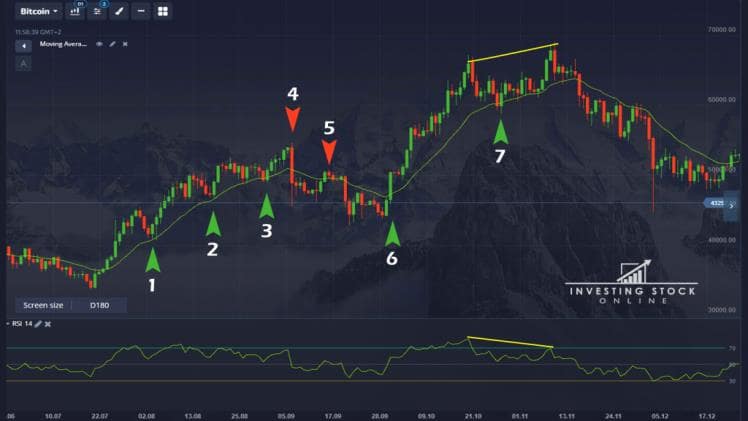People always look for simple and universal ways to win any game, believing there are strategies that allow you to conquer uncertainty. It doesn’t matter if we’re talking about gambling or the stock market, many players believe you should just stick to a simple rule to avoid losses. One of such rules believed to be extremely useful is called the Martingale method, and we’re going to take a closer look at how it works, how you can use it for trading, and when you should avoid using it.
How the strategy works
The strategy known as the Martingale has been known for about 300 years. We don’t know its origins, but the method was used for gambling at first. Now it’s widely used in various other games, including Forex trading. The essence of this strategy is quite simple: you place a bet and wait for it to win. If the bet loses, you just increase the volume of the next bet. If it wins, you get your money back. If it loses again, you increase the volume again, hoping for the best.
Basically, the strategy says that eventually you win, earning all of your money back. Then you just go back to the initial bet. In trading, the Martingale strategy involves opening a new position in the same direction after your initial position results in a loss. While that may seem perfectly logical, the outcome may not be that positive. First of all, even if the probability of a loss is 50%, it’s perfectly possible for a player to lose many times in a row, quickly draining available funds.
What’s even more important, trading is quite different from gambling, after all. There are other aspects that affect the outcome, so if you open positions against a powerful long-term trend, don’t be surprised when you suffer losses. Even in the best scenario, the Martingale allows you to earn your funds back, leaving you with close to zero profit. But you still waste time and money for spreads and commissions since opening every position costs at least something.
When you should use the method
While the strategy is extremely risky, a couple of successful trades in a row may increase your deposit without the need to dive into technical analysis. But you need to know when to use it. First of all, you should have a sizeable deposit that can endure consequent losses. Then wait for an upward trend to start; don’t use the strategy in flat trends. And make sure to control yourself to avoid freaking out and ruining the entire scheme.
More interesting information in the account of the author Andrey Mastykin.

